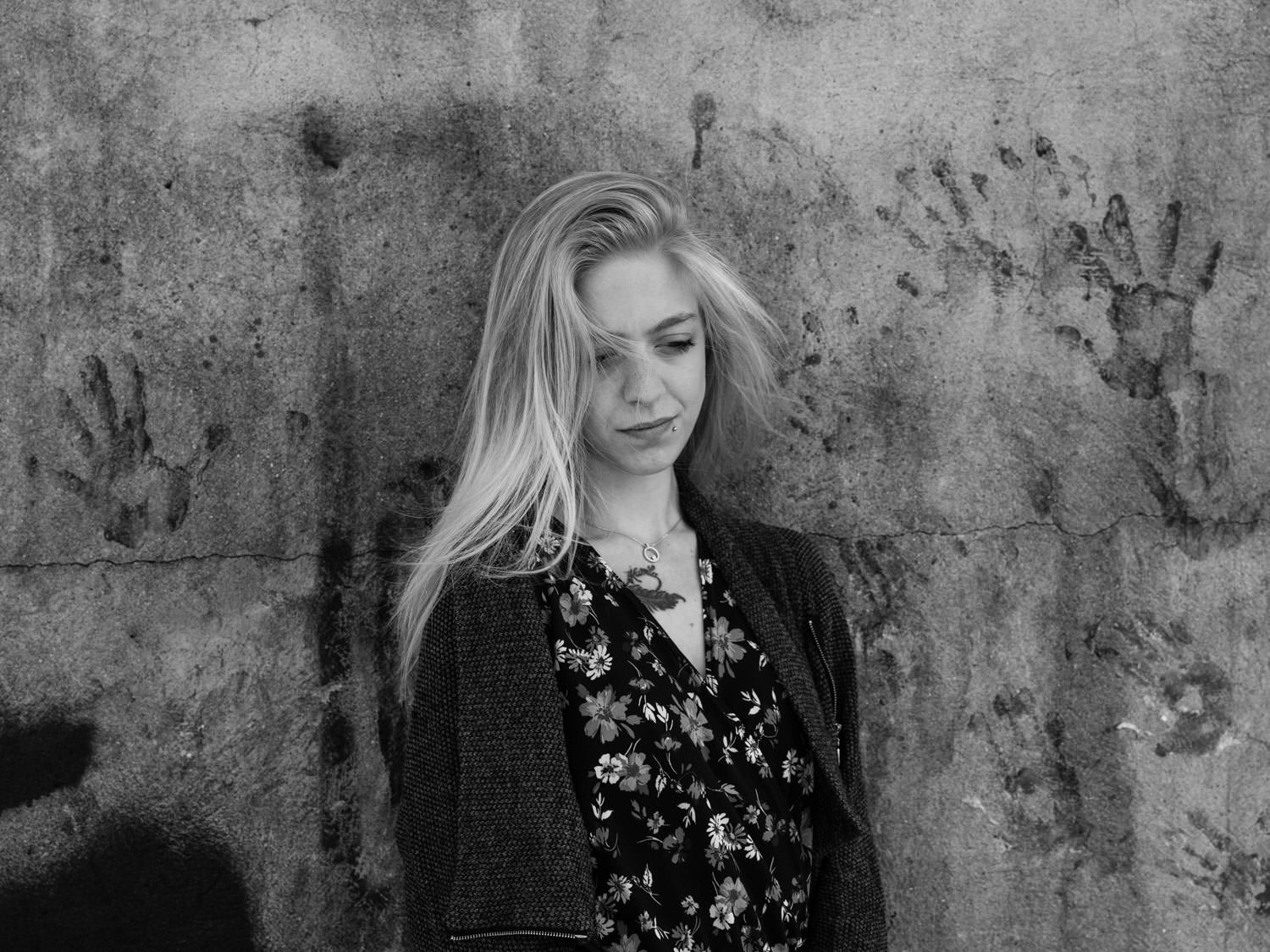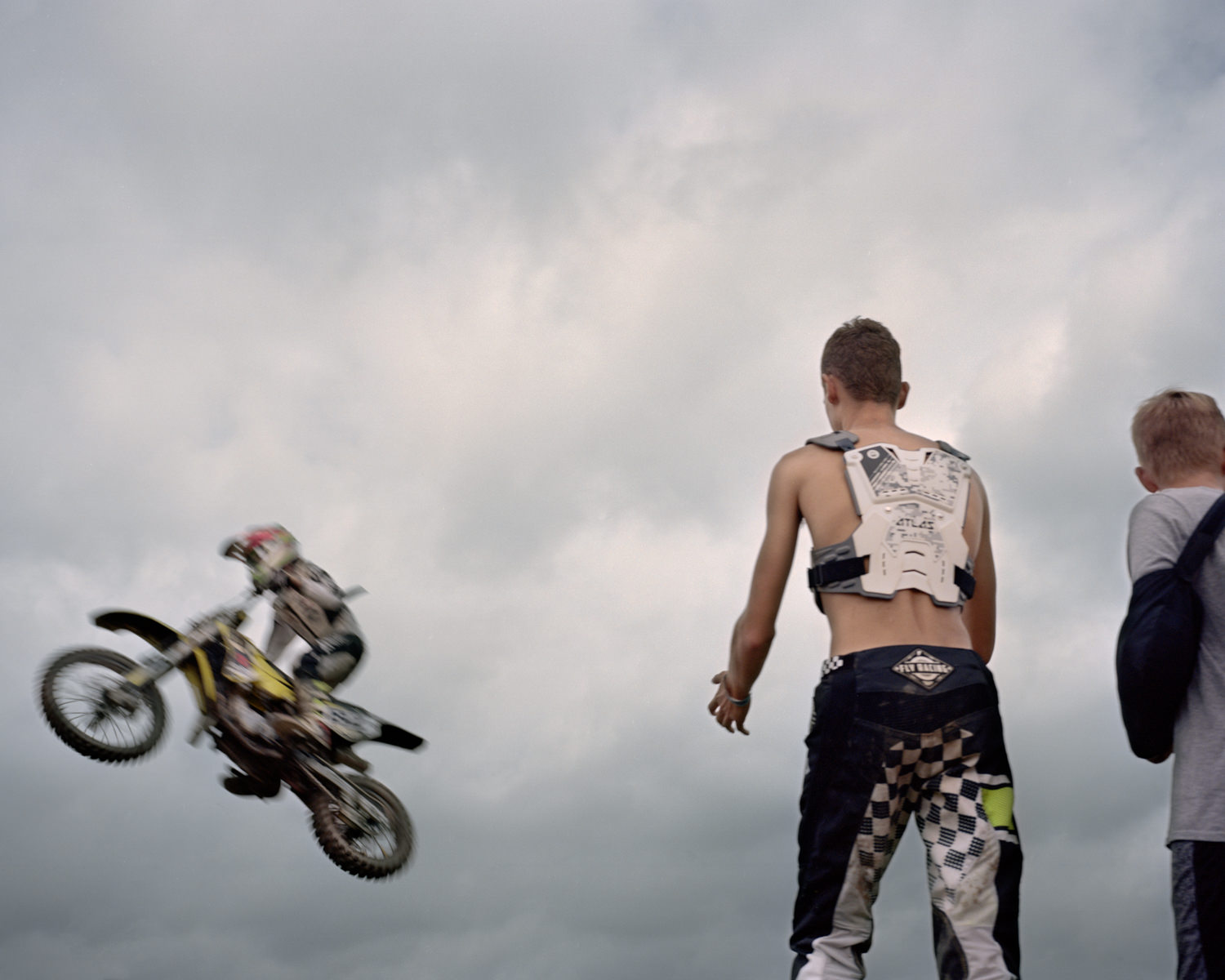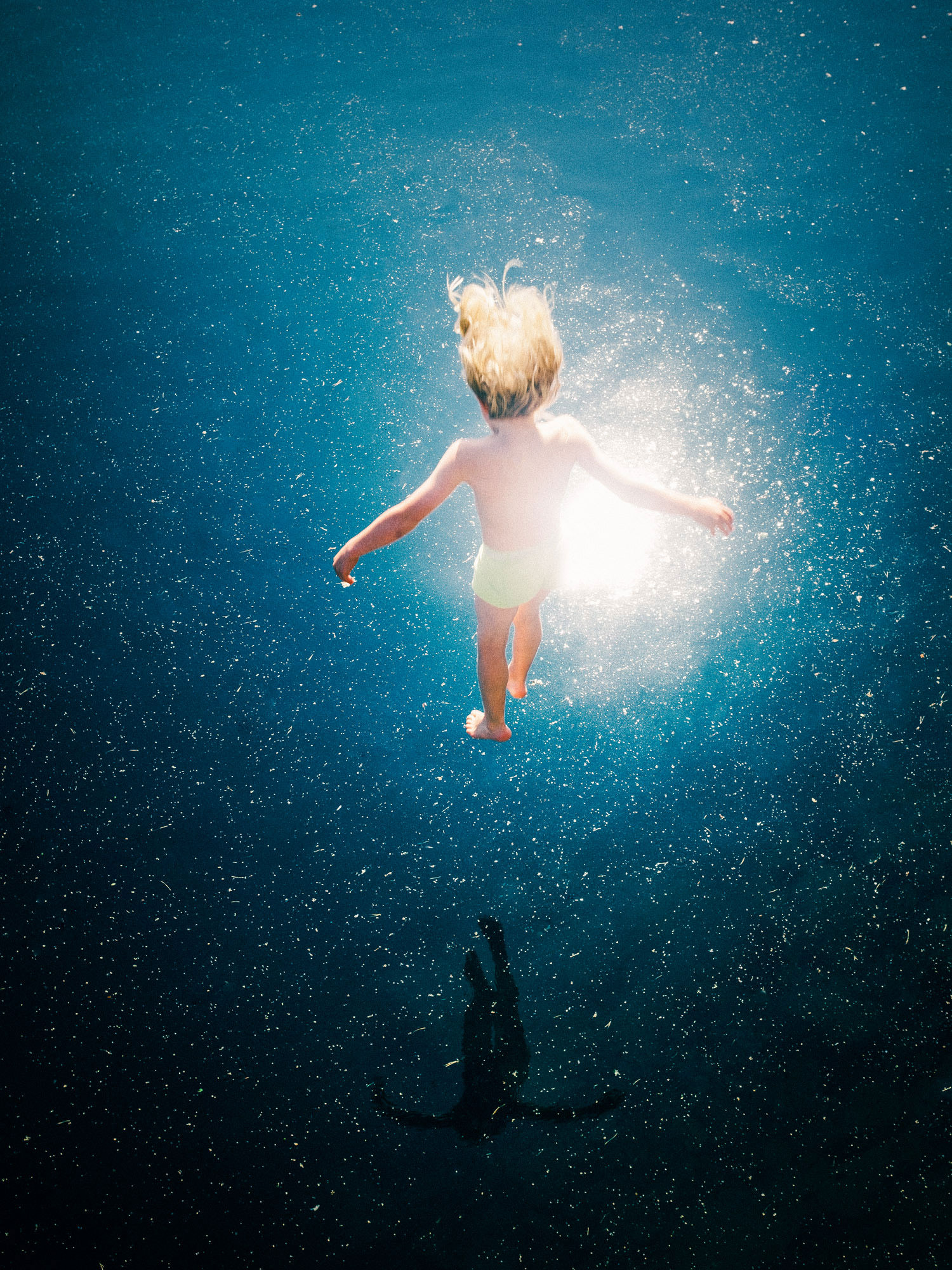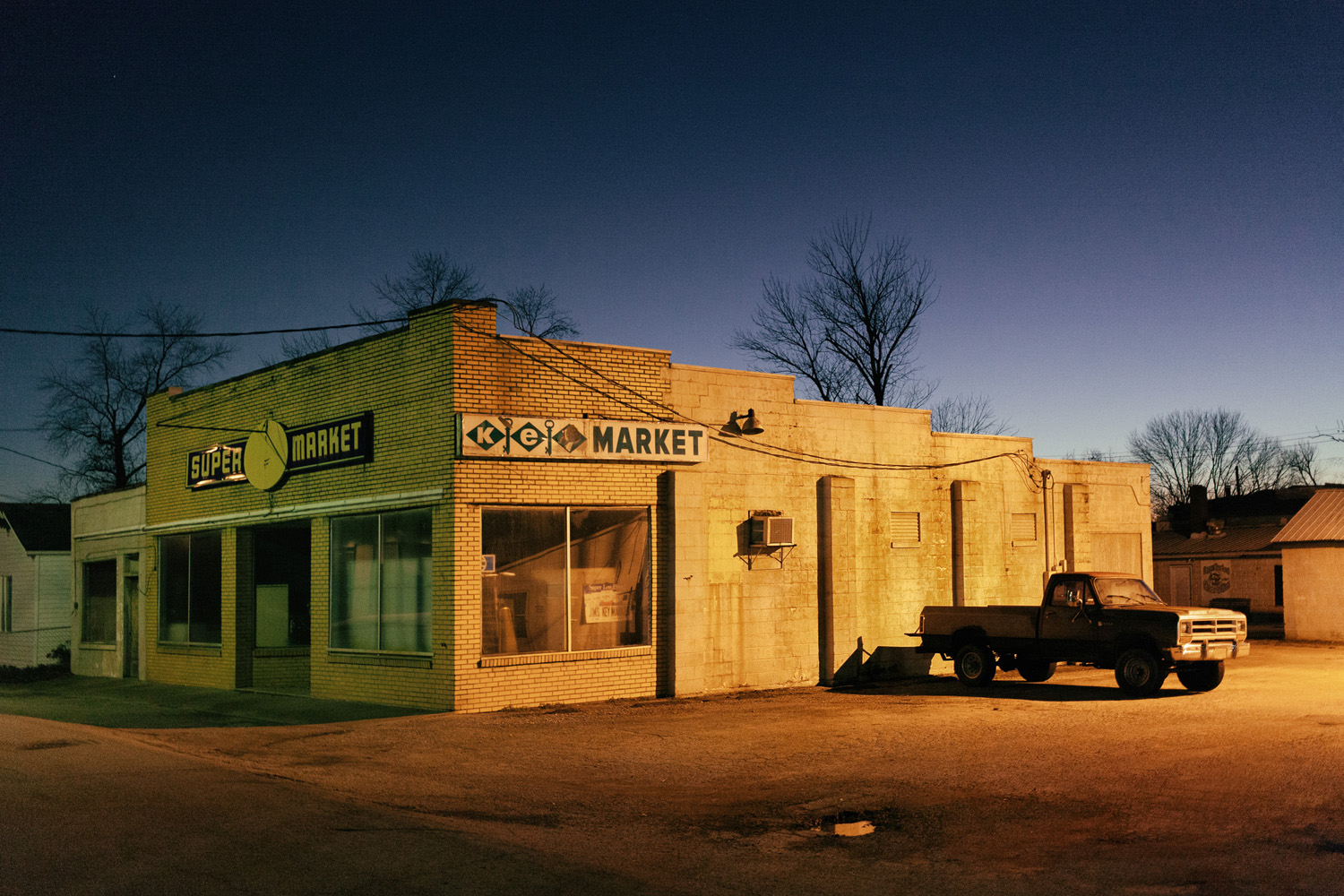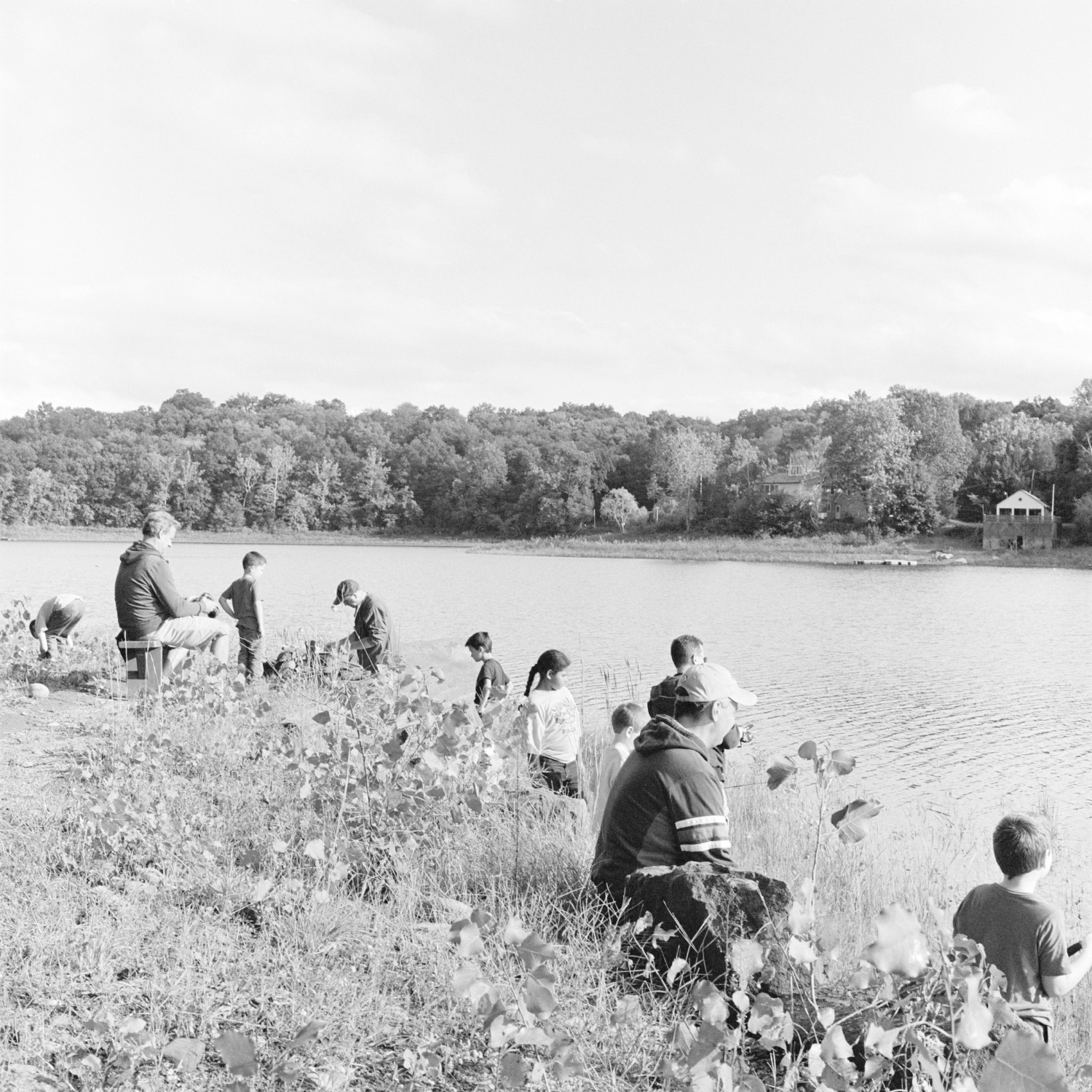
In a few lines, what is your project?
The work engages with themes of masculinity, sunlight, and silence as a means to contain and investigate the body as a potential site of conflict. In this body of work, I forge suburban geographies to create a terrarium, one in which I am able to direct and deconstruct gender performances and privilege.
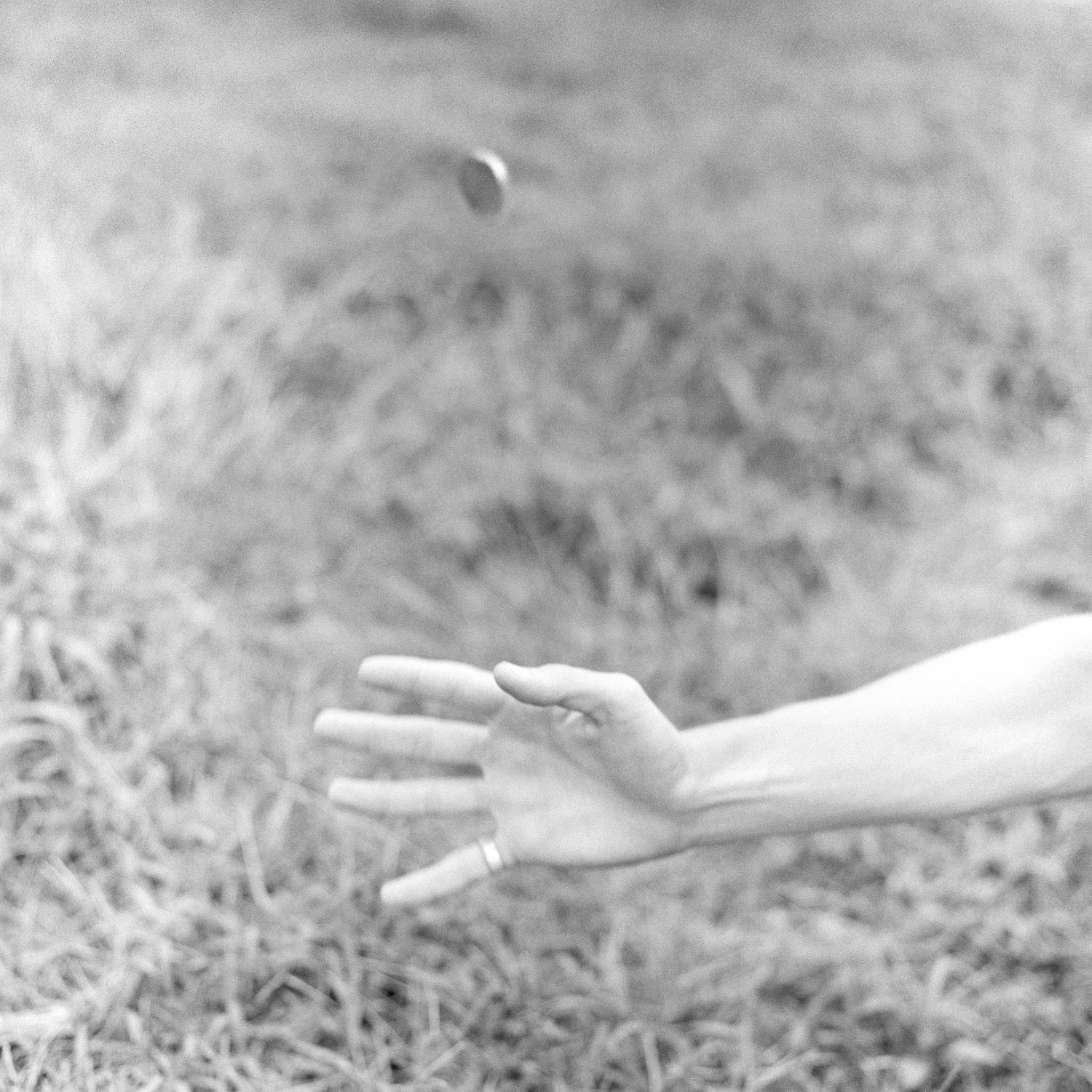
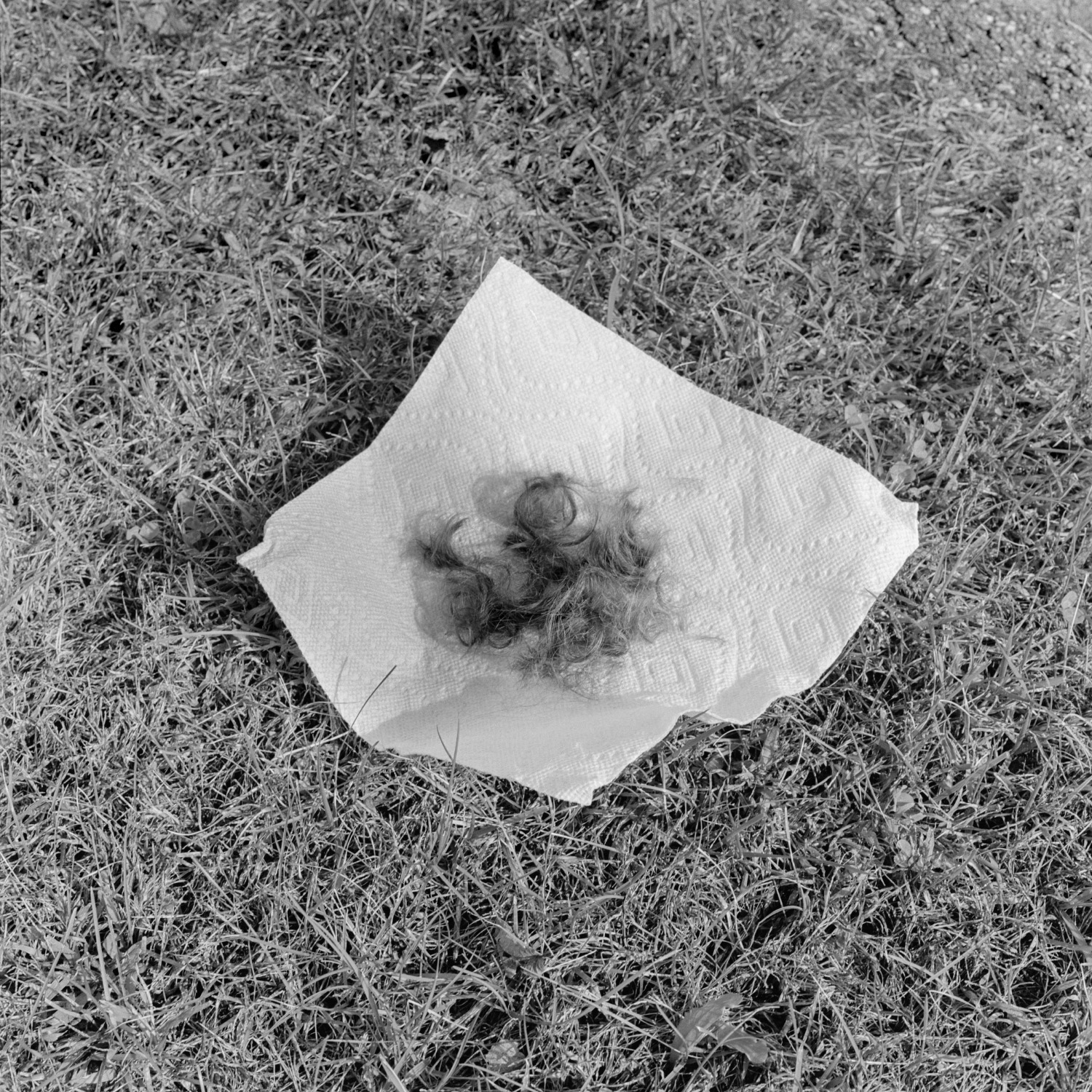
« I took the opportunity to essentially photograph whatever resonated with me emotionally »
Let’s start at the beginning— how and what triggered the desire to work on this subject?
This project was actually initiated in the context of an undergraduate class course focused on documentary photography. We were prompted to ‘document’ something, but with the acknowledgment, that documentation is a very loose and finicky practice. I took the opportunity to essentially photograph whatever resonated with me emotionally, as opposed to embarking on a heavily structured and predetermined photographic journey. I’m not sure if I can explain exactly what led to this work, but I was recovering from a very intense time period in my life. I had struggled with body dysmorphia and eating disorders for a few years, and I felt extremely burdened by my body— and specifically by the notion of wielding my body sexually.
I felt a need to construct a world for myself to inhabit, one that did not carry this perceived weight of the feminine. I then began making pictures that investigated masculinity. Most images were unsuccessful, though, because they were escapist, unspecific, and didn’t deal with any sort of reality at hand. But, what stuck and what was beneficial was this instinct to investigate privilege, and to examine the domestic spaces in which privilege is relegated.
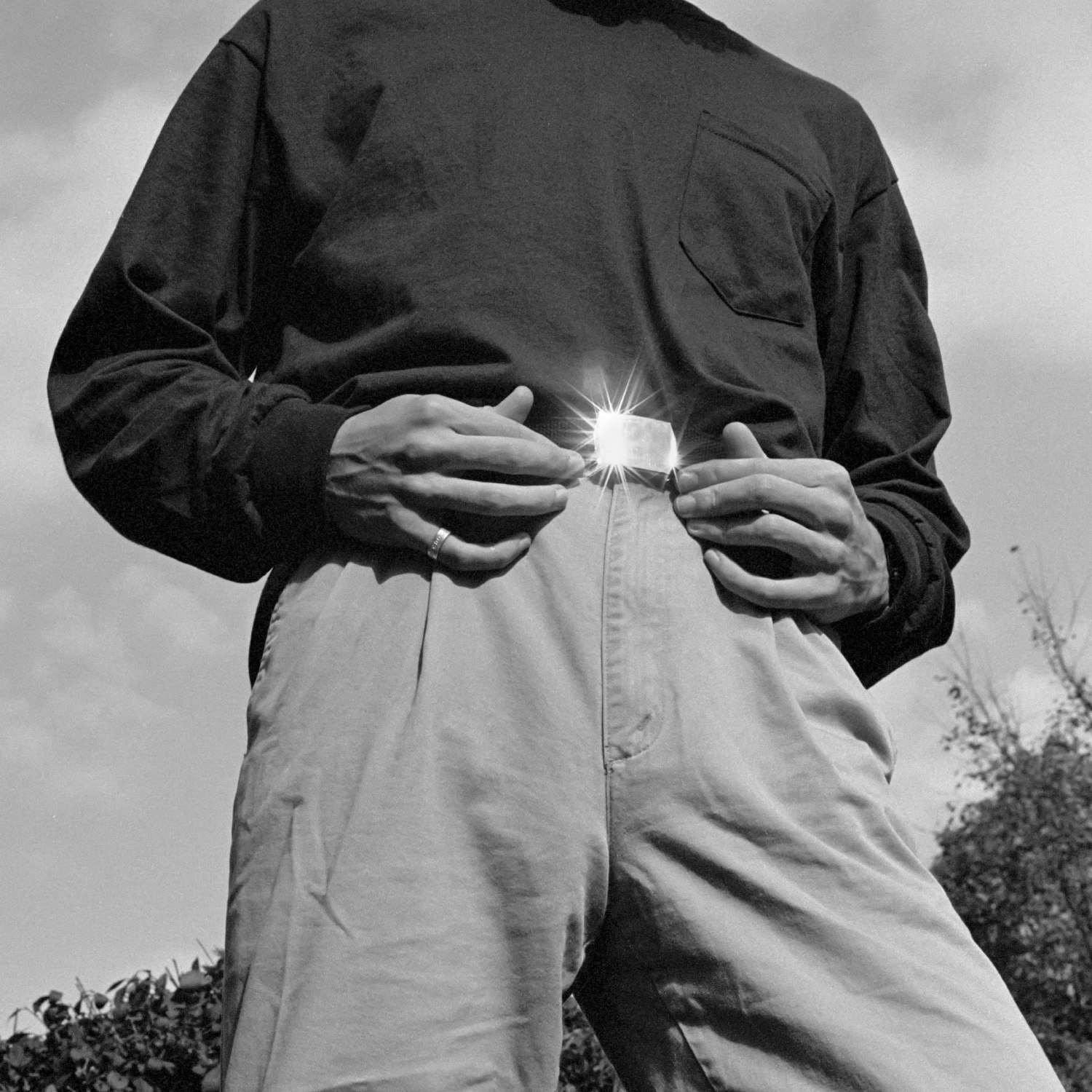
From the moment you understood that you were going to invest your time in this project, how did you start producing? this is some pictures of your friends, family?
Yes, these photographs are mostly of loved ones. Because I was still enrolled in college, I had very little time to produce work. The series was produced during weekend trips to my partner’s and my own home in upstate New York. I essentially had to drop everything every weekend and only focus on making pictures. It was pretty grueling at times, as the turn around for critique was quick and unforgiving. But in the end, I think it helped me to be prolific with my shooting. I had to use my hours very wisely and made sure to get through as many ideas as possible in a day. This routine of returning back home every weekend became pretty standard and was the structure that guided my practice.
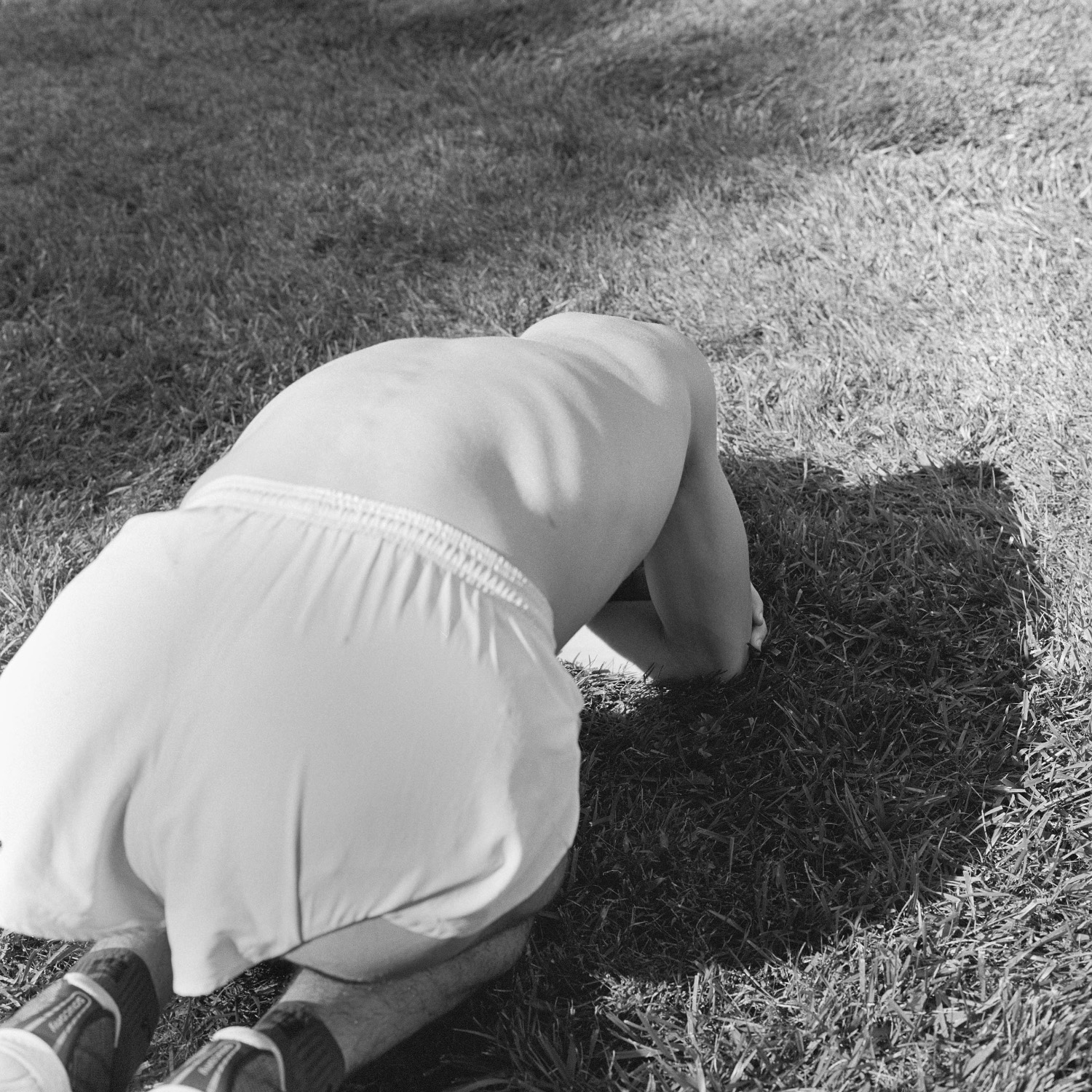
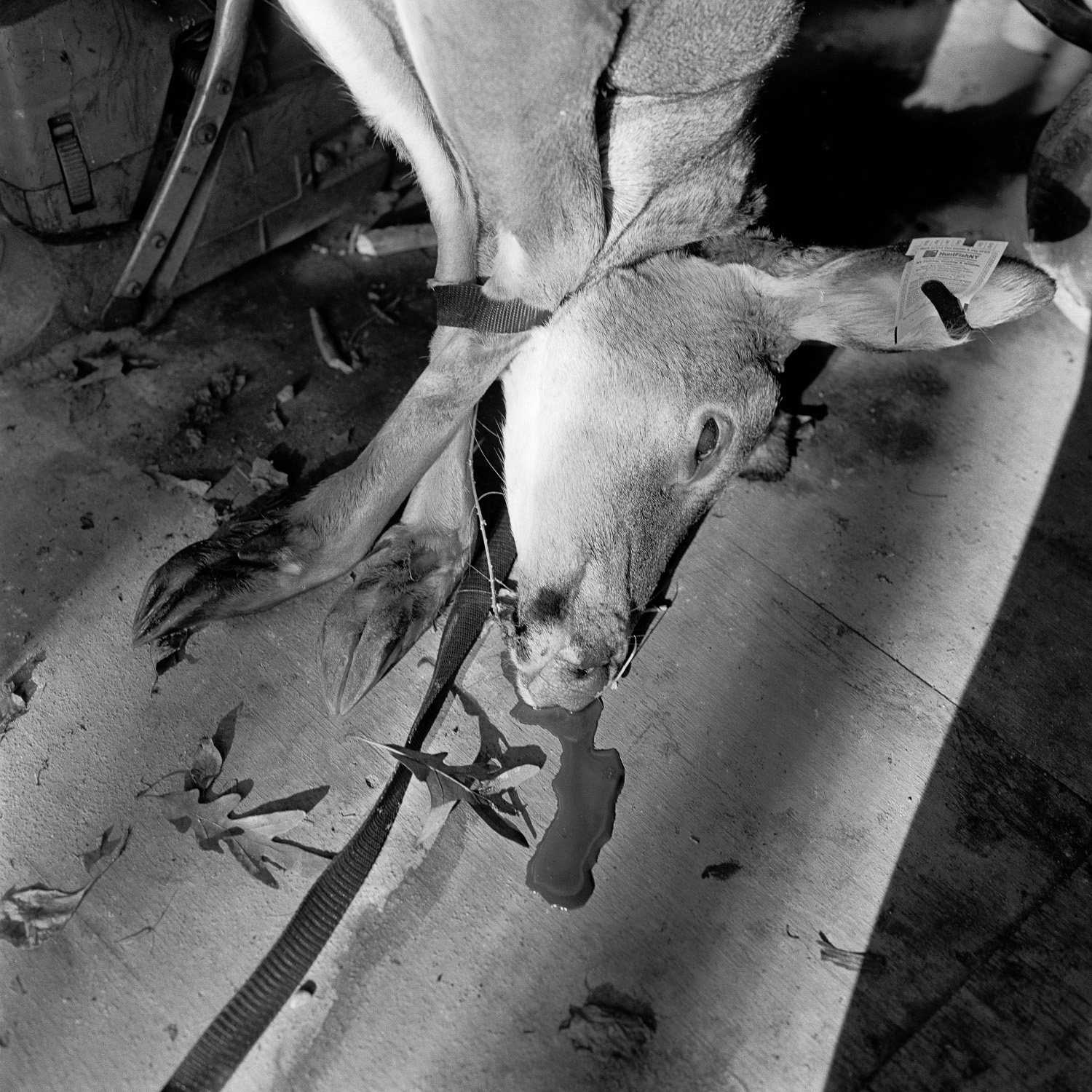
Do you work with an analog camera? why did you choose BW?
Yes, this was all shot on film. At the time, I borrowed my school’s Hasselblad (I forget which make and what lens, honestly). Recently, I’ve had to use my Mamiya RB 6×7 and crop the photographs afterward in order to achieve the square, but I’ve got something in the works for being able to use a Hasselblad again (potentially a 500 ELM).
Black and white was a matter of circumstance. It was the film that was made available to me, and the only film I would be able to develop in my school’s darkroom. For convenience, I chose to shoot with it. It was a change in pace for me– I’d always shot color prior to “to shoot the sun”. Black and white allowed me to tap into something more personal and narrative, which really suited my photographic interests and subject matter.
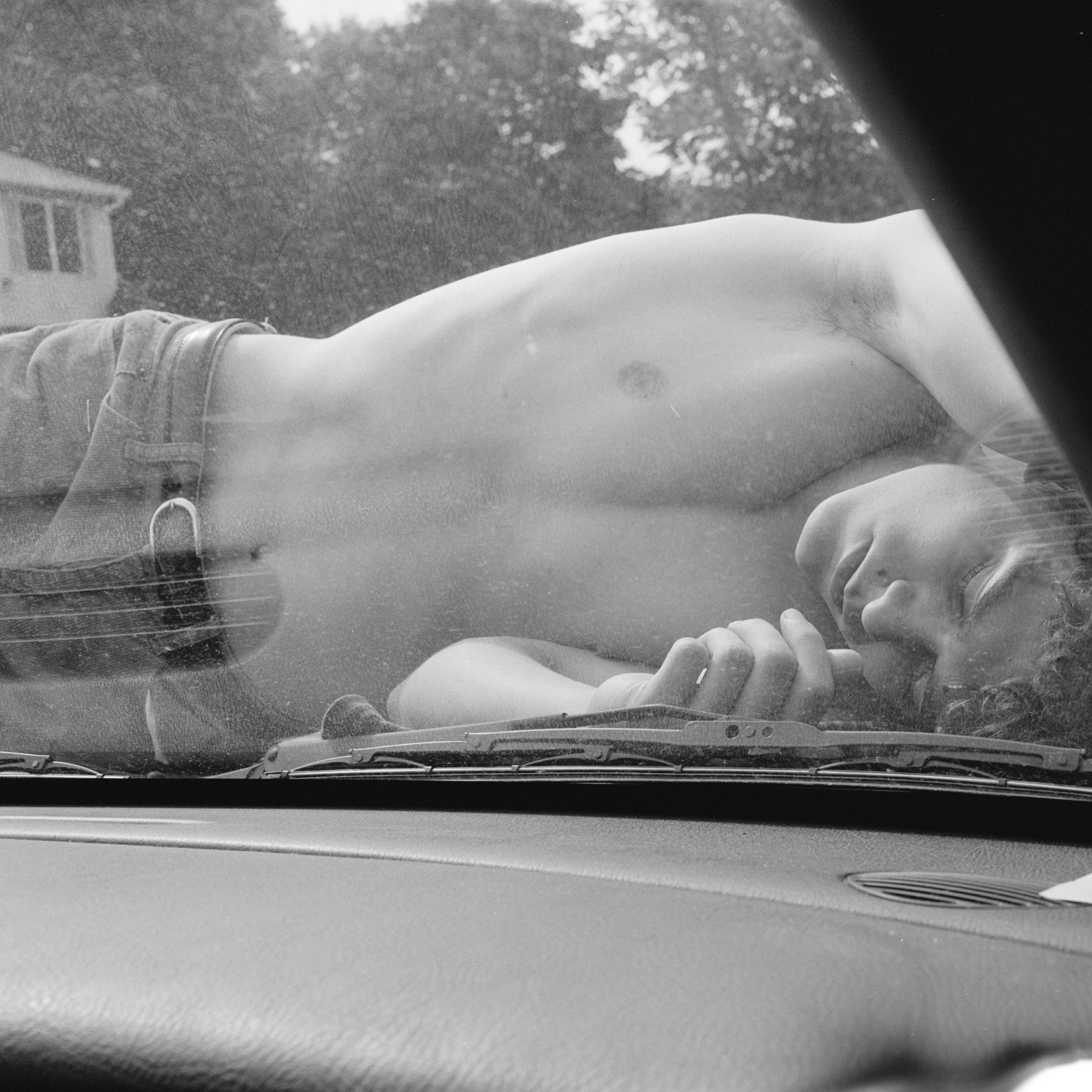
« I knew I wanted the work to feel intimate and gentle, but also painful. »
We feel the intimacy in your work and at the same time a personal, contemplative vision. Was this conscious on your part or not? Did you decide this before your project or at the editing stage in the choice of photos?
I’m not sure if it was conscious. The work was highly personal, and I knew I wanted the work to feel intimate and gentle, but also painful. I think that a combination of sentiments usually gives way to something that feels still and contemplative. I think the overall feel to the project came through the editing, which unfolded quite naturally in my dorm room.
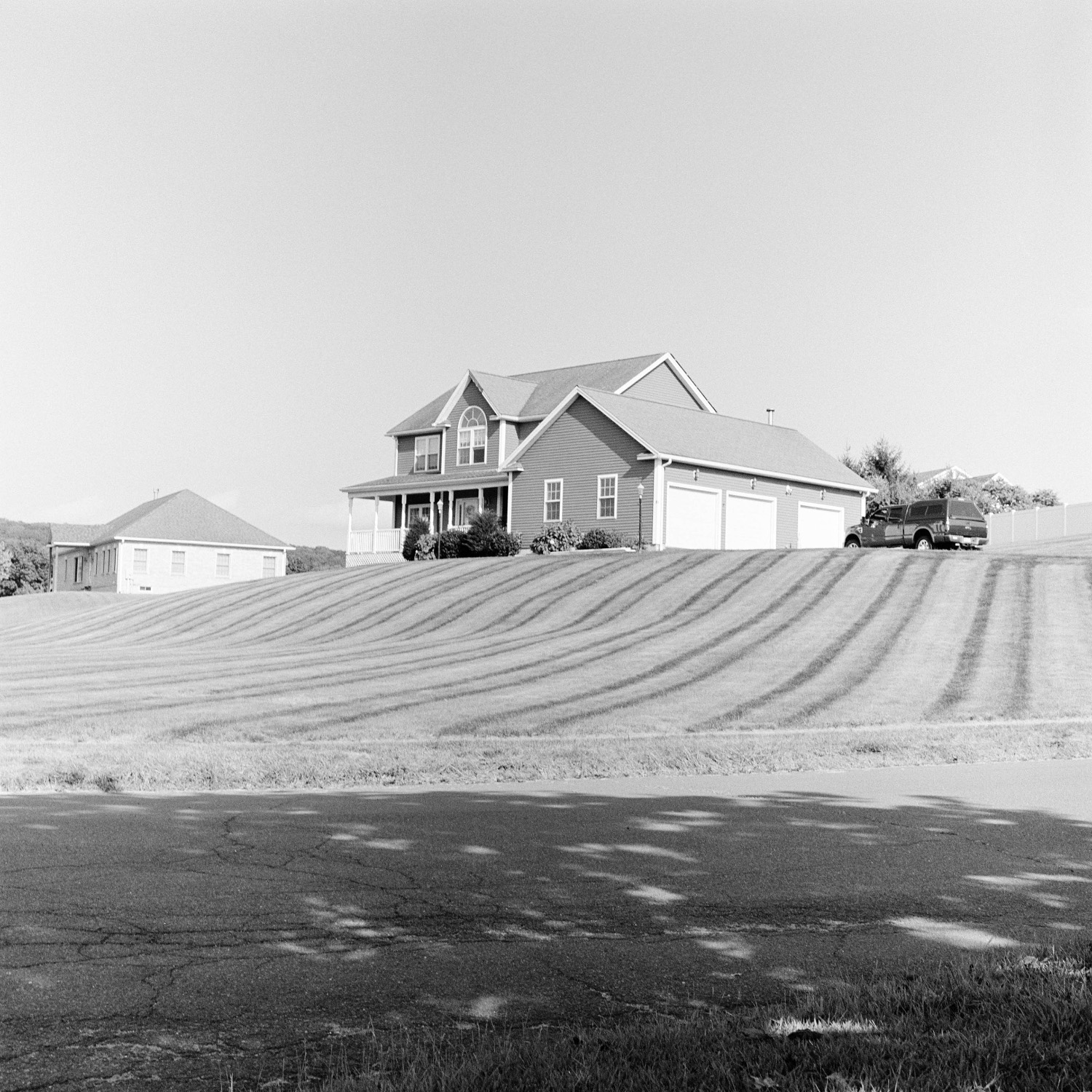
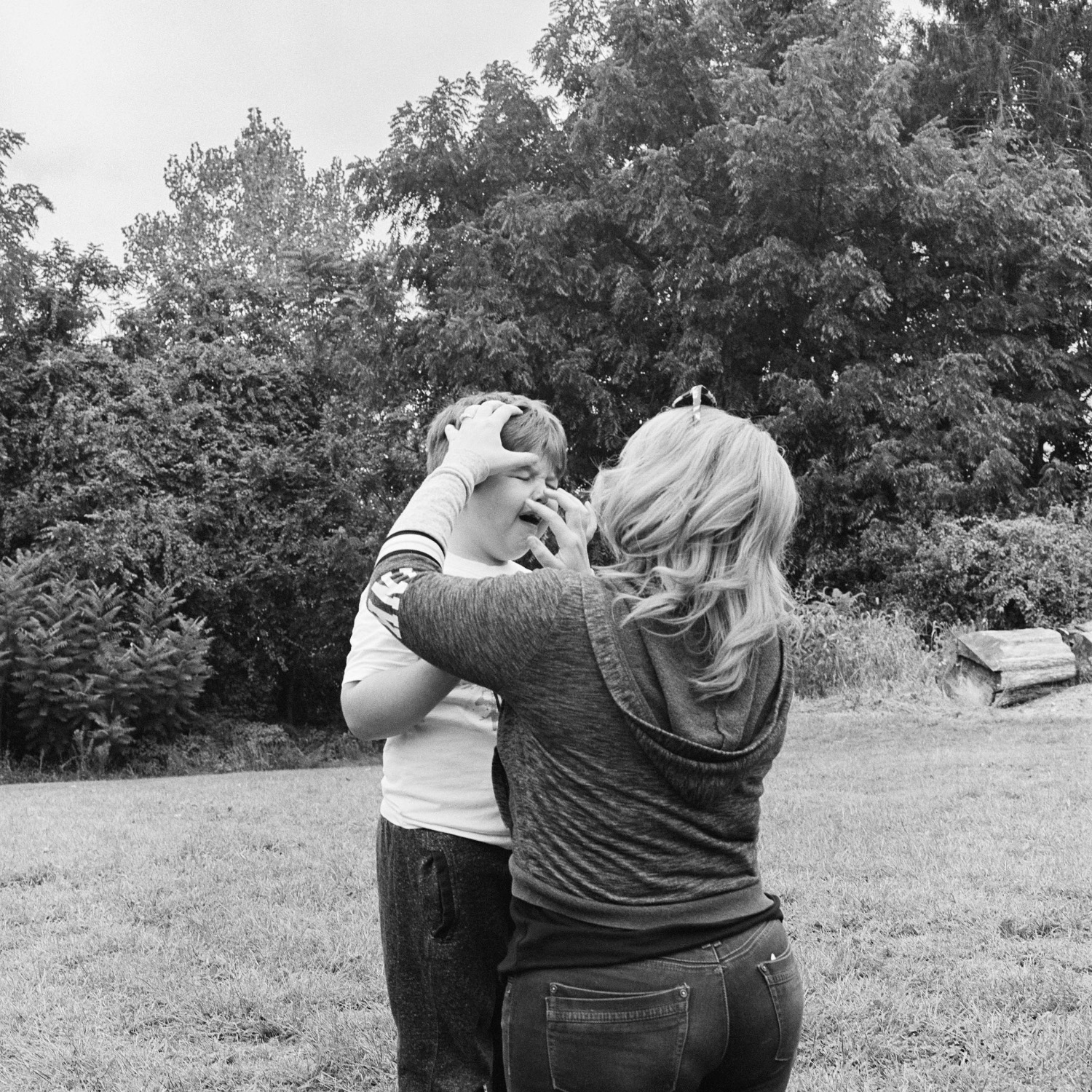
How do you work with your rolls and personal organization?
I would shoot and develop right away due to the nature of class critiques, but I also like to do that to this day. I despise the thought of waiting until the end to looking at everything I’ve done— it’s really important to me to have a direct and immediate line of feedback with myself. Seeing what I’ve done helps me to build an emotional relationship with the subject material. I simply can’t imagine not knowing what you’ve shot until the end.
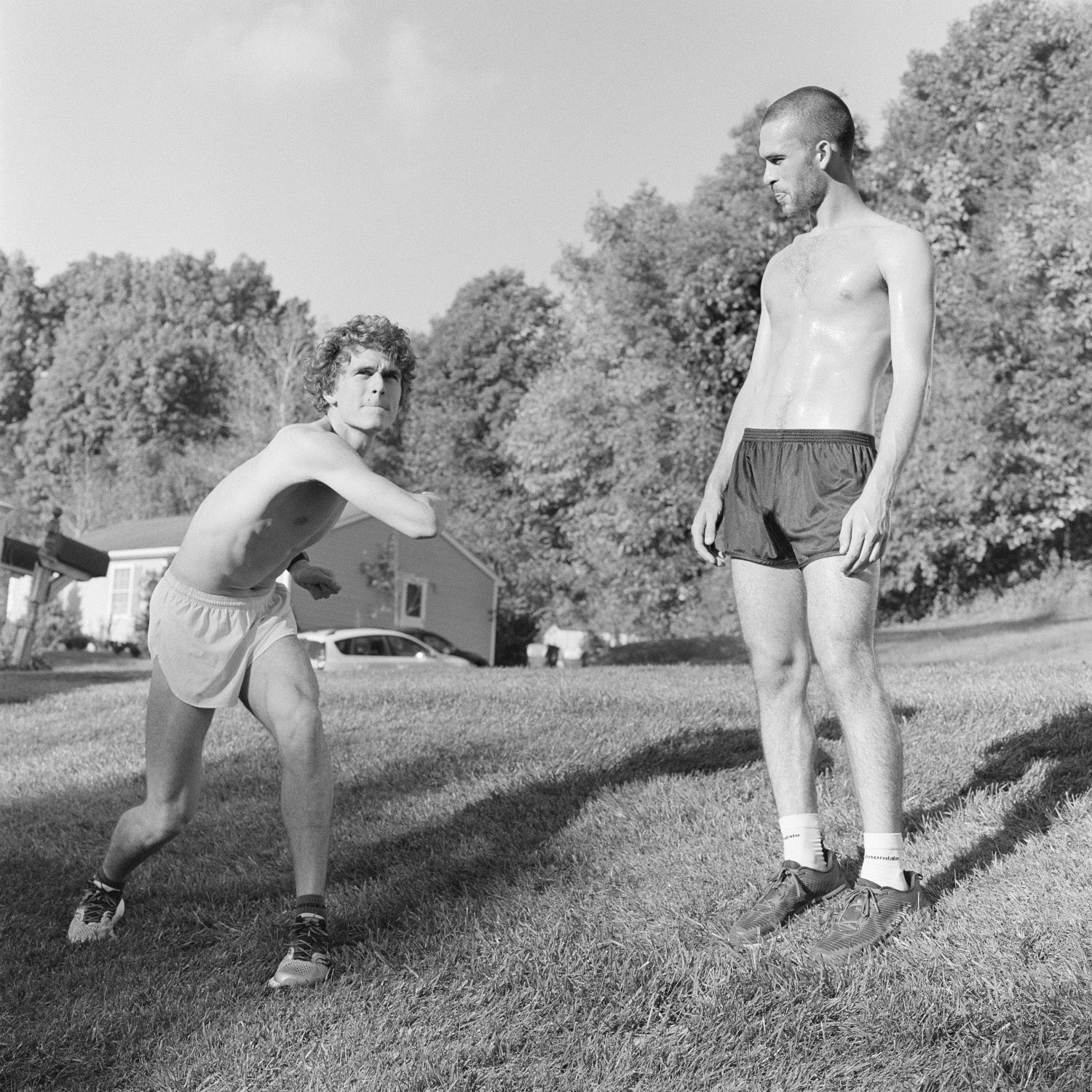
During all the process of the « making » do you have any difficulties?
It was definitely an intense period of time in my life— I felt as though I absolutely had to take pictures, that there was no other option. It’s easy for me now to look back upon this time as one of pure dedication and artistic drive (and there were definitely points in time that it felt like that), but I often forget that I was kind of a mess. Sometimes I don’t know whether inspiration or anxiety-fueled me more. So, yes, there were difficulties. I remember feeling extremely restless and unable to focus on other things in my life, which can be really problematic after a while. I remember feeling pretty exhausted by the end of the semester and really needing a break from the work. It was an extremely consuming project and led to a lot of fatigue. I didn’t get back to it until just this past month.

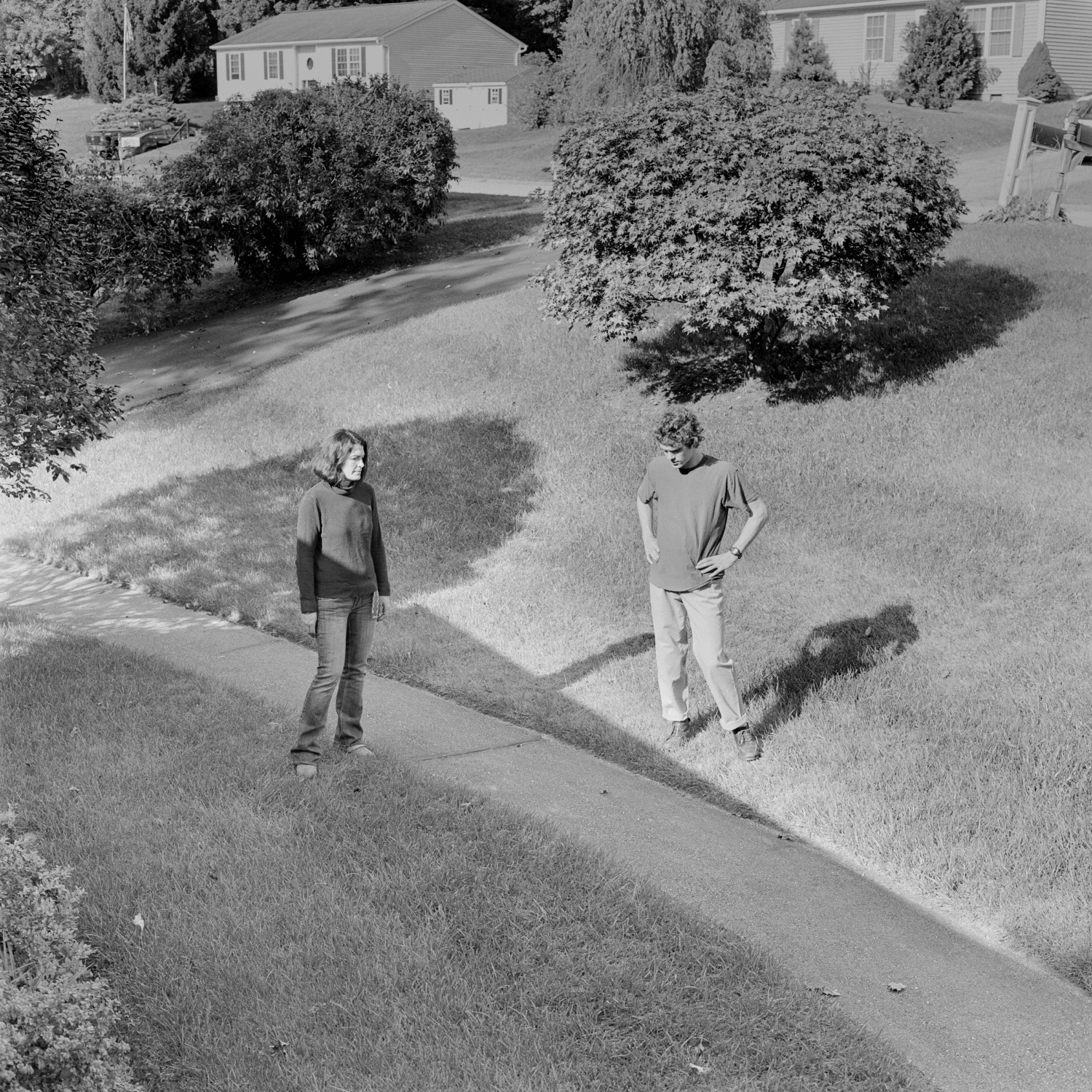
« I think his delicacy and gentleness of sight really influenced the way I wanted to photograph people and see the world. »
What are your influences in photography?
I’ve gone through so many different phases with influences! When working on this project, I was really moved by Mark Steinmetz’s work. I think his delicacy and gentleness of sight really influenced the way I wanted to photograph people and see the world. But I was also very drawn to more graphic colorwork, like that of Eva O’Leary and Elaine Stocki. Currently, I’ve circled back again to Mark Steinmetz, but am I also thinking about quite a few other photographers— Roy DeCarava, Kristine Potter, and Robert Adams mostly.
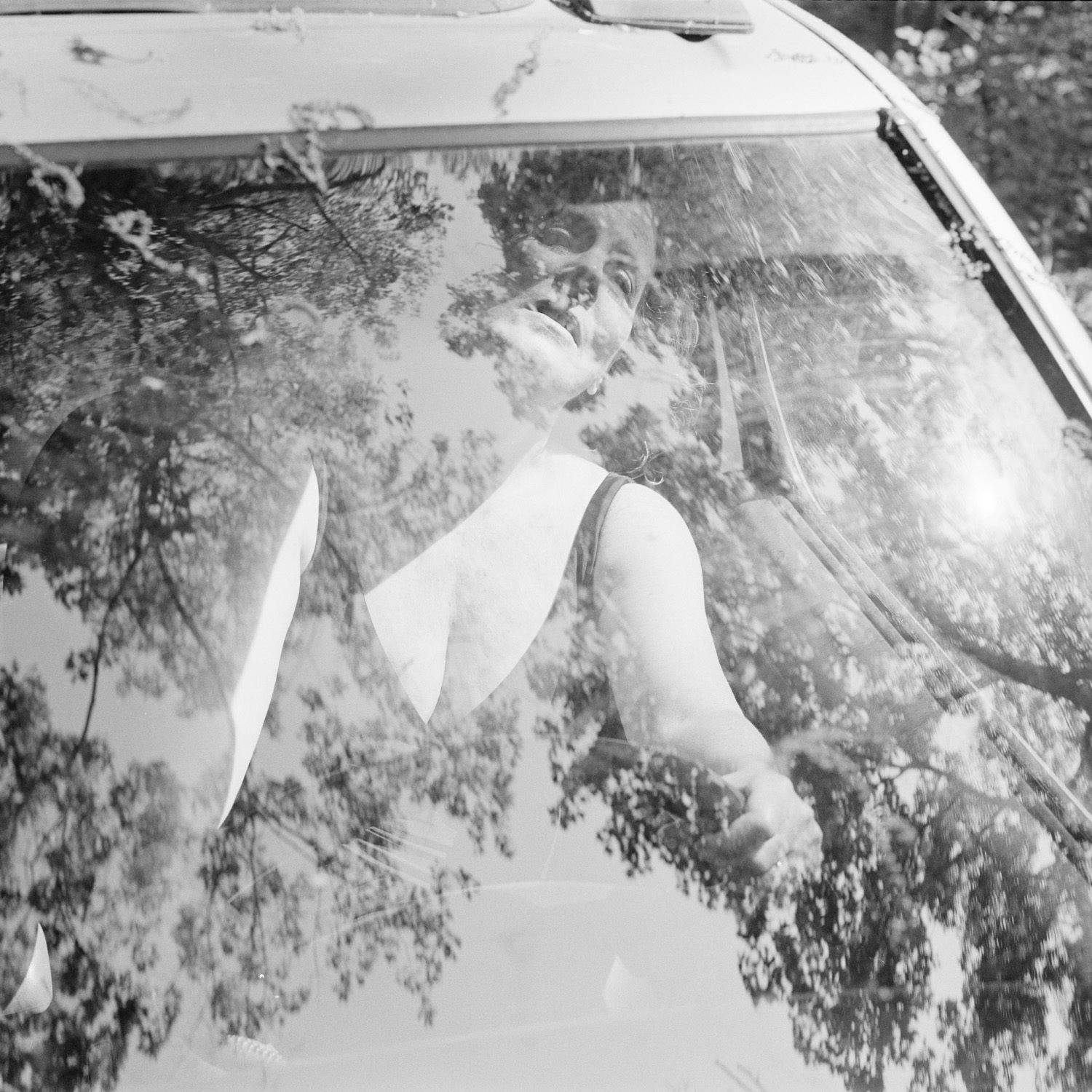
What are your future projects?
At the moment, I’m petering between “to shoot the sun” and my thesis work “Fault Line,” a color project that’s still in the works. Beyond photo, I’ve been experimenting with video lately. I’ve got two in-process video projects that I’m hoping to work more on in the fall when I’ll be in residency. Both are working with found footage, which has been helpful during the quarantine when the world is less accessible.
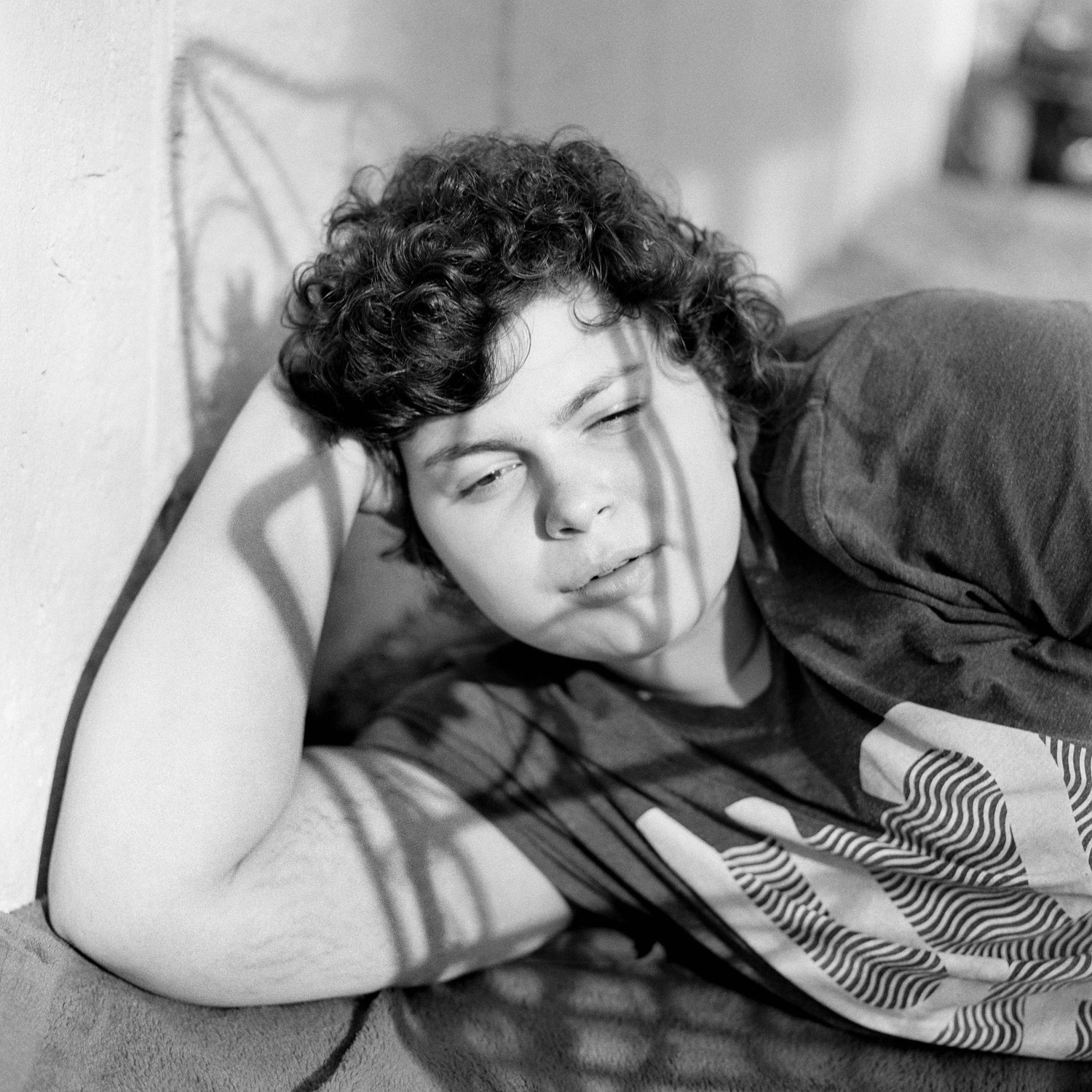
Your TOP 5 photobooks?
The photobooks I often return to over and over again:
Mark Steinmetz’s “Past K-Ville”
Wendy Ewald’s “Portraits and Dreams”
Rinko Kawauchi’s “Hanabi”
Carrie Mae Weem’s “Kitchen Table Series”
Gregory Halpern’s “Omaha Sketchbook”
Interview by Kalel Koven
Photographer’s Links: Website

